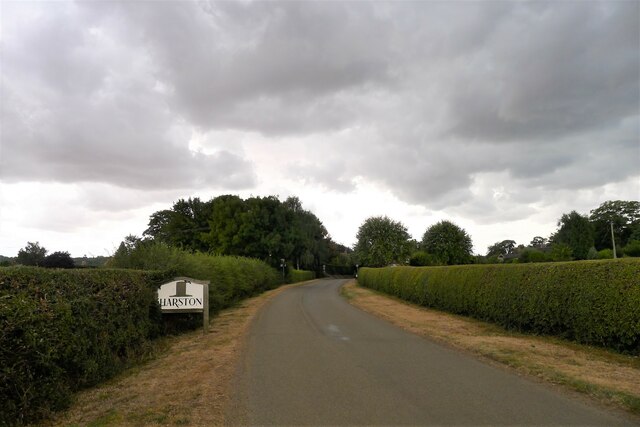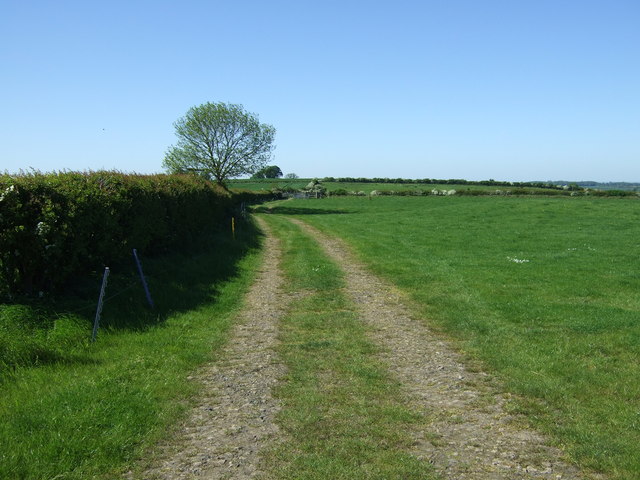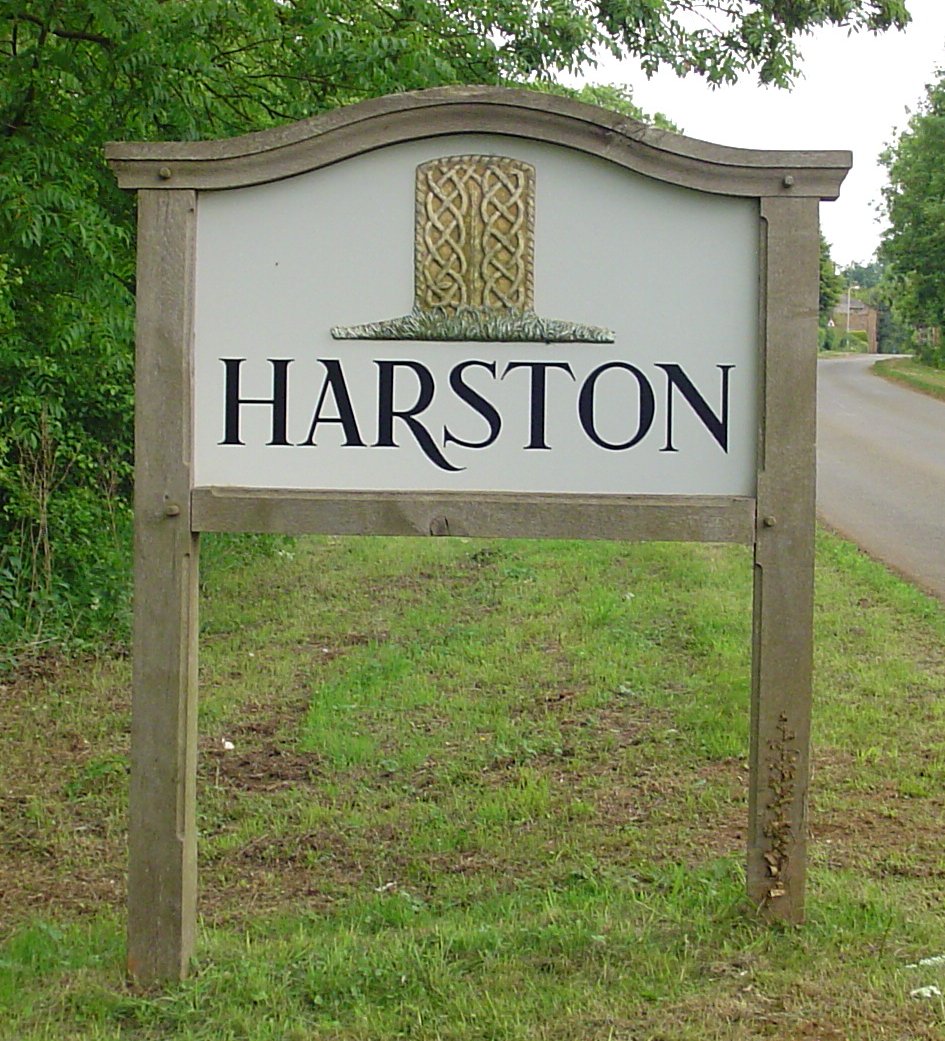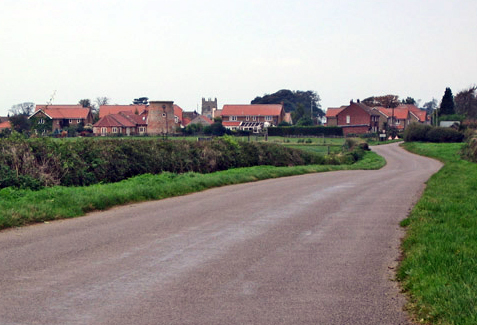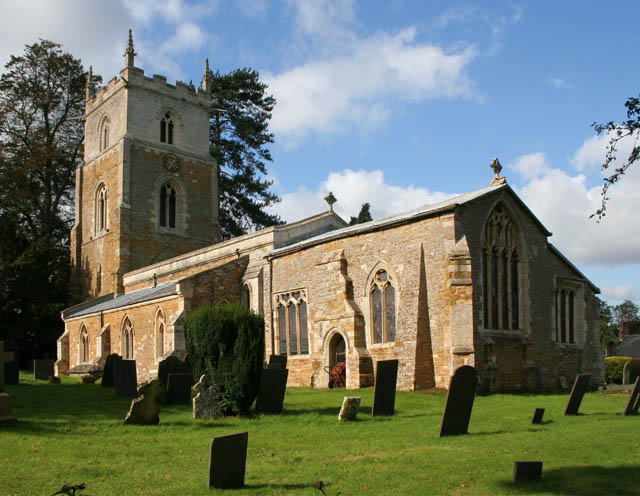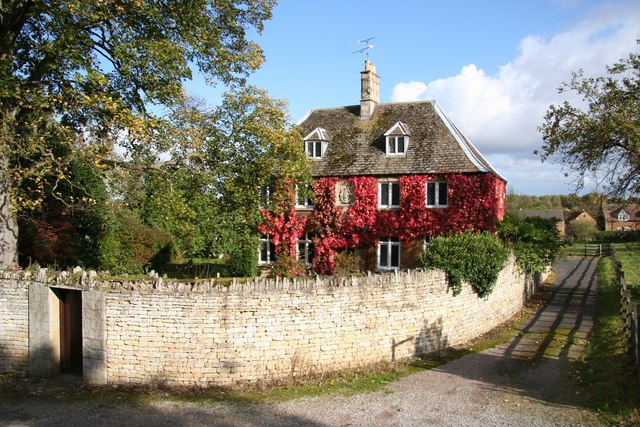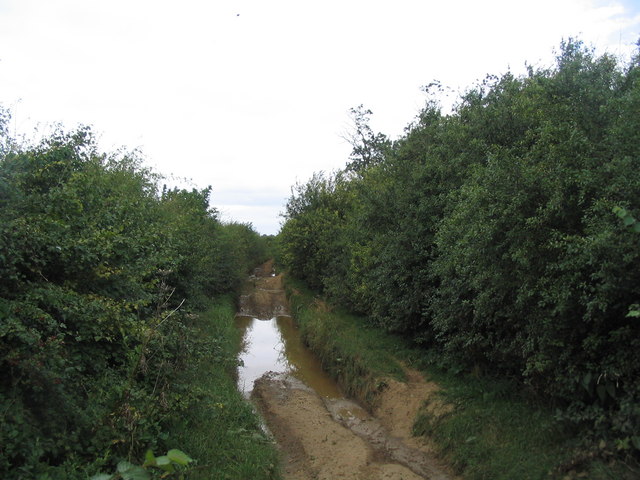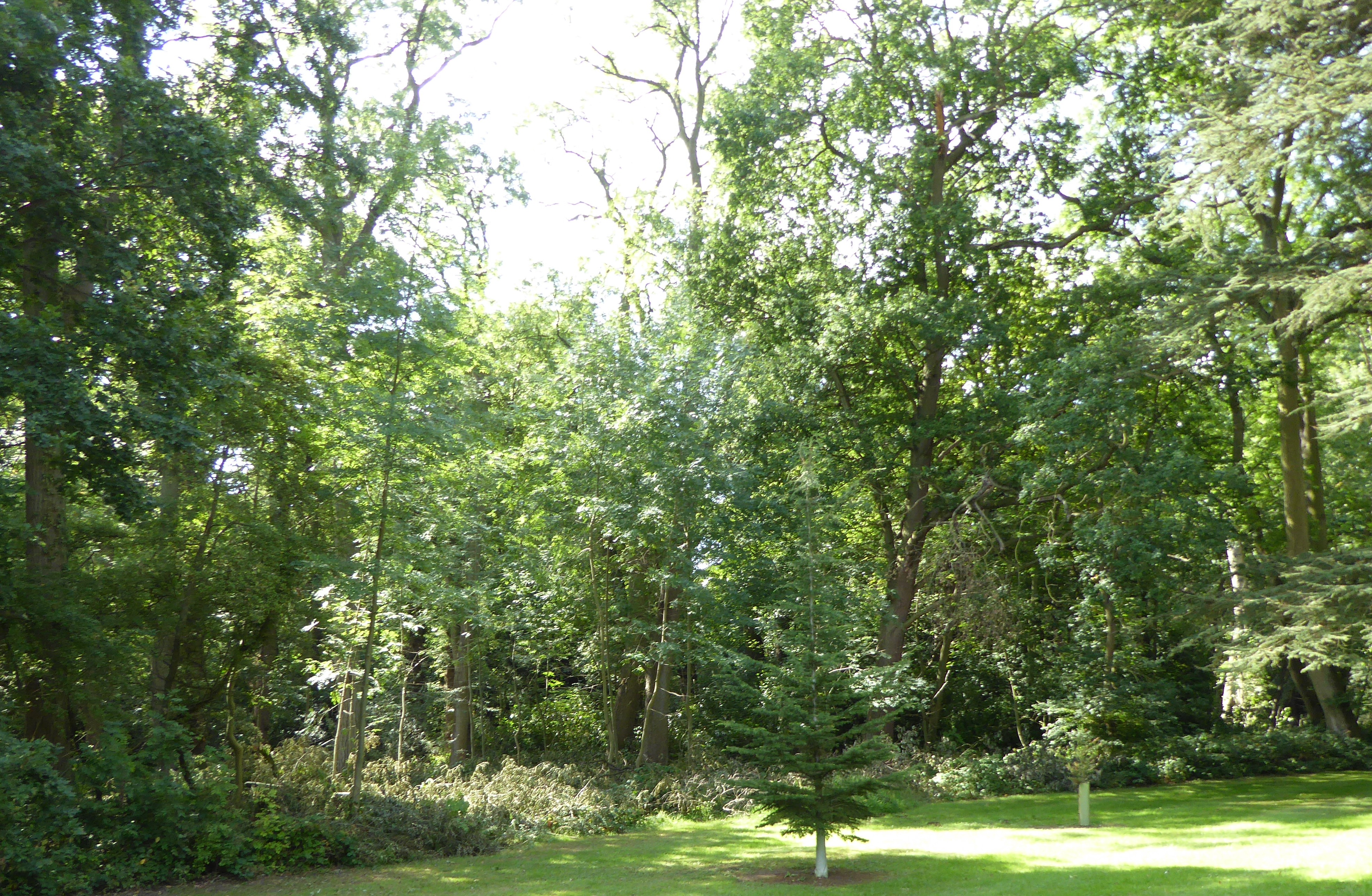Beasley's Wood
Wood, Forest in Leicestershire Melton
England
Beasley's Wood
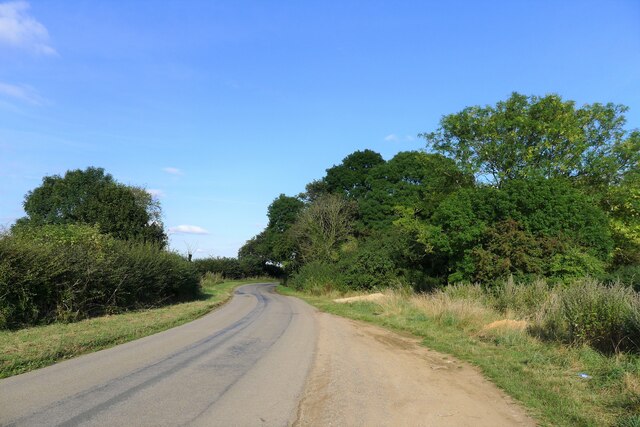
Beasley's Wood is a charming forest located in Leicestershire, England. Covering an area of approximately 100 acres, it is a haven for nature enthusiasts and those seeking tranquility amidst the beauty of the countryside.
The wood is predominantly composed of broadleaf trees, including oak, ash, and beech, which create a lush and verdant canopy above. The dense foliage offers a respite from the hustle and bustle of everyday life, providing a serene environment for visitors to explore and reconnect with nature.
Traversing through Beasley's Wood, visitors will find a network of well-maintained footpaths and trails, allowing for easy navigation and access to the various areas within the forest. These paths wind their way through the woodland, revealing picturesque vistas and glimpses of wildlife along the way. Birdwatchers will particularly enjoy the wood, as it is home to a diverse range of avian species, including woodpeckers, tits, and thrushes.
In addition to its natural beauty, Beasley's Wood also boasts a rich history. The area was once part of a larger ancient woodland, and remnants of this past can still be seen today. Archaeological findings have revealed evidence of human activity dating back to the Bronze Age, including the discovery of burial mounds and pottery shards.
Overall, Beasley's Wood provides a serene and enchanting experience for visitors, offering a chance to immerse oneself in the wonders of nature and discover the fascinating history that lies within its boundaries.
If you have any feedback on the listing, please let us know in the comments section below.
Beasley's Wood Images
Images are sourced within 2km of 52.866345/-0.74345843 or Grid Reference SK8430. Thanks to Geograph Open Source API. All images are credited.

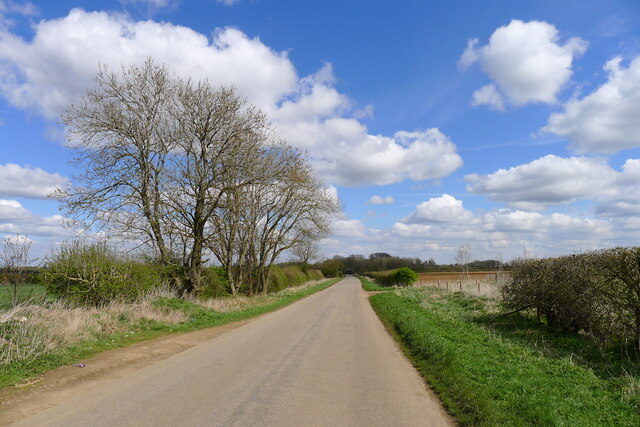
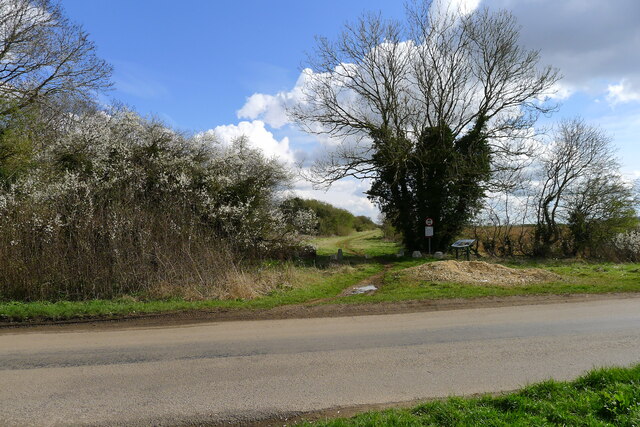

Beasley's Wood is located at Grid Ref: SK8430 (Lat: 52.866345, Lng: -0.74345843)
Administrative County: Leicestershire
District: Melton
Police Authority: Leicestershire
What 3 Words
///sobbed.surveyors.merit. Near Barrowby, Lincolnshire
Nearby Locations
Related Wikis
Harston, Leicestershire
Harston is a crossroads village and former civil parish, now in the parish of Belvoir, in the Melton district, in Leicestershire, England, near the border...
Croxton Kerrial
Croxton Kerrial (pronounced [ˈkroʊsən ˈkɛrɨl]) is a village and civil parish in the Melton borough of Leicestershire, England, 6.6 miles (10.6 km) south...
Croxton Abbey
Croxton Abbey, near Croxton Kerrial, Leicestershire, was a Premonstratensian monastery founded by William I, Count of Boulogne. == History == Croxton Abbey...
Knipton
Knipton is a village and former civil parish, now in the parish of Belvoir, in the Melton district, in the county of Leicestershire, England. It lies about...
Denton, Lincolnshire
Denton is a village and civil parish in the South Kesteven district of Lincolnshire, England. The population of the civil parish was 273 at the 2011 census...
King Lud's Entrenchments and The Drift
King Lud's Entrenchments and The Drift is a 23.9 hectares (59 acres) biological Site of Special Scientific Interest which straddles the border between...
Briery Wood Heronry, Belvoir
Briery Wood Heronry is a 5.7-hectare (14-acre) biological Site of Special Scientific Interest in the grounds of Belvoir Castle in Leicestershire.This is...
Woolsthorpe by Belvoir
Woolsthorpe by Belvoir, also known as Woolsthorpe is a village and civil parish in the South Kesteven district of Lincolnshire, England. The population...
Nearby Amenities
Located within 500m of 52.866345,-0.74345843Have you been to Beasley's Wood?
Leave your review of Beasley's Wood below (or comments, questions and feedback).





